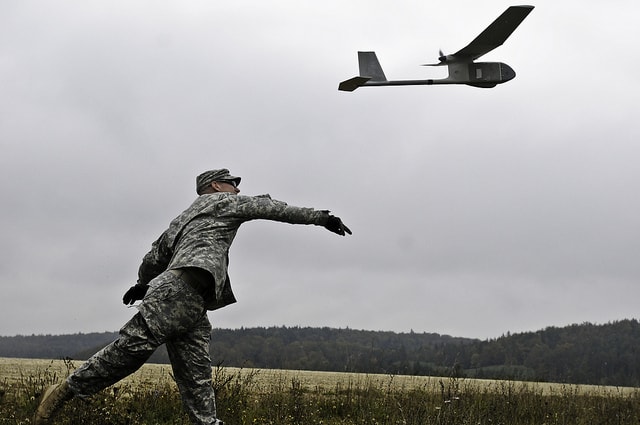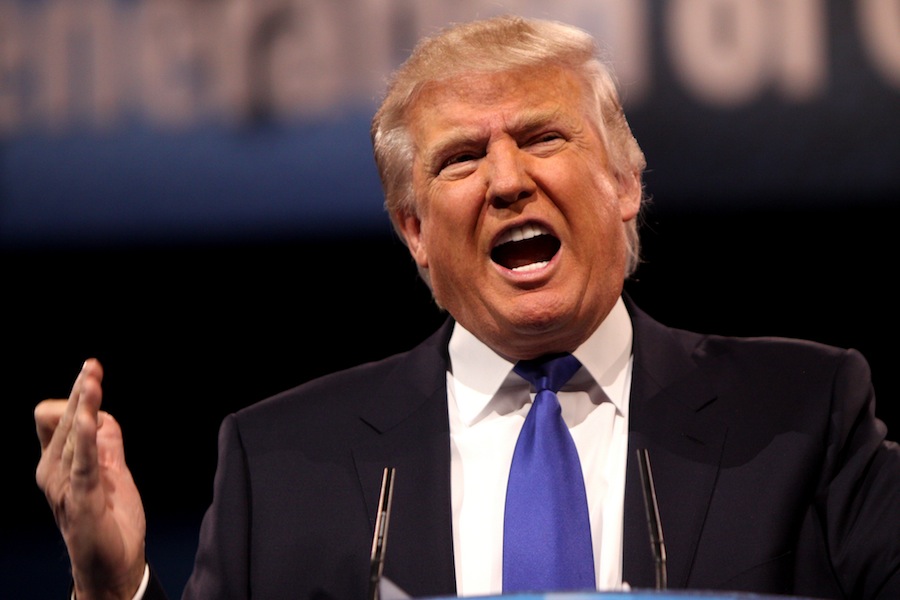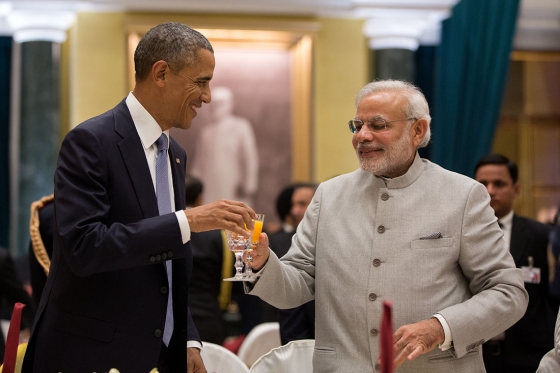The use of unmanned aerial vehicles (UAVs), commonly referred to as drones, in military operations has been in the centre of national and international media debate for many years. While at first few showed interest in the military technology, the increasing number of missile strikes, the inevitable criticism that followed, and the ongoing political discussion raised public awareness. Now there is a new debate: non-military drones.
Drones are yet another representation of a technology which was produced to serve one select cause, but has since evolved to serve myriad purposes. Since their application for military use, businesses and people alike soon realized that drones could be used for numerous non-military purposes. As a result the drone industry has skyrocketed. Personal drones cannot only be bought on the internet, but are so admired that they are one of the most popular gift this Christmas.
Commercially, drones are used in areas as diverse as agriculture, where farmers use drones to monitor crop growth, insect infections, and even spray pesticides and distribute fertilizers. Some of the best Hollywood movie clips were filmed using drones, which could fly lower than a helicopter to produce better videos. Similarly, sporting events such as Olympics and World Cups have already used the technology, and it is only a matter of time when they are used for domestic leagues. NASA is already using drones to test the makeup of the ozone, as well as to spy on storms as they evolve. Energy companies use them to detect faulty pipelines in need of maintenance. Airports use them to ensure onsite safety. In France, drones are used to check that “grubbing up” of vines is done legally and ecologically. In Italy, drones spy on illegal waste dumping. In Indonesia, scientists use them to keep track of endangered orangutans.
Drones carry huge potential in the delivery industry. The reason is that drones can deliver right to your doorstep much faster than any other mode of transportation. Dominos released a video in 2013 showing its drone delivering pizzas. Amazon’s drone delivery project, Prime Air, has already unveiled a new prototype showing what the delivery would look like. Tech companies, such as Google and Alibaba, and even retail corporations like Walmart, have played with the idea. Facebook has unveiled Aquila, the drone it hopes will deliver internet to the masses. Drones could, accordingly, also be used to deliver medicines in remote areas and aid packages in conflict-zones.
However the wonders of drone technology is not without its drawbacks. With the potential of flying into everything from power lines, to trees, to windmills, to other UAVs, a comprehensive mechanism is required to avoid collisions. Though there are parameters, like how high one can fly a drone, such parameters are not always clearly defined and there is a lack of enforcement. There is also the risk of UAVs colliding with airplanes within or close to airports. Though privacy means different things to different people, drones with cameras, scanners, and sensors raise great concerns about privacy. There have already been cases in which drones have been used to fly illicit material onto prison or jail property. There is also the fear that in the wrong hands drones can pose a real threat to public safety.
What is required is drone regulation. Since technological innovation is highly unpredictable, the use of commercial drones has caught policy makers by surprise. In 2010 the Federal Aviation Authority, the national aviation authority of the US, estimated that by 2020 there would be 15,000 such drones in the country. More than that number are now sold every month in the US.
Some governments have started to take measures. The US has passed a law which requires drones to be registered with the Federal Aviation Administration’s Unmanned Aircraft System (UAS) registry. Similarly, Japan has put into effect its own laws to restrict drone use, and the Japanese police have now started practising using their own units to take down illegal drones. Transport Canada’s permission is required to use a UAV, though under specific lower-risk circumstances exemptions may be granted.
Drone technology carries with it the potential to revolutionise industries from agriculture to transport. However, effective government regulation is required to prevent the adverse effects of the drone age. It is no longer a question of whether drones will be used for commercial purposes, but rather when the sky will be full of UAVs.




